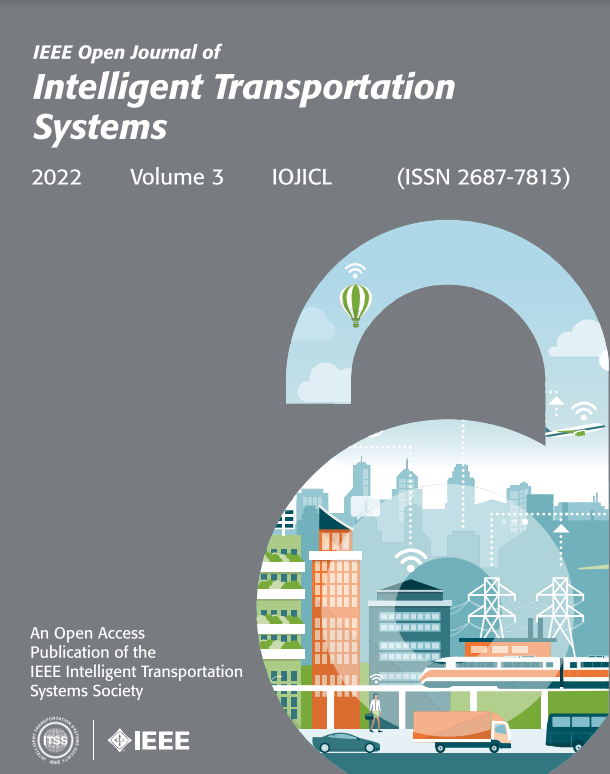
The road traffic safety situation is severe worldwide and exploring driving behavior is a research hotspot since it is the main factor causing road accidents. However, there are few studies investigating how to evaluate real-time traffic safety of driving behavior and the number of driving behavior safety levels has not yet been thoroughly explored. This paper aims to propose a framework of real-time driving behavior safety level classification and evaluation, which was validated by a case study of driving simulation experiments. The proposed methodology focuses on determining the optimal aggregation time interval, finding the optimal number of safety levels for driving behavior, classifying the safety levels, and evaluating the driving safety levels in real time. An improved cross-validation mean square error model based on driver behavior vectors was proposed to determine the optimal aggregation time interval, which was found to be 1s. Three clustering techniques were applied, i.e., k-means clustering, hierarchical clustering and model-based clustering. The optimal number of clusters was found to be three. Support vector machines, decision trees and naïve Bayes classifiers were then developed as classification models. The accuracy of the combination of k-means clustering and decision trees proved to be the best with three clusters.
| ID | pj212 |
| DOI | |
| Tags |













